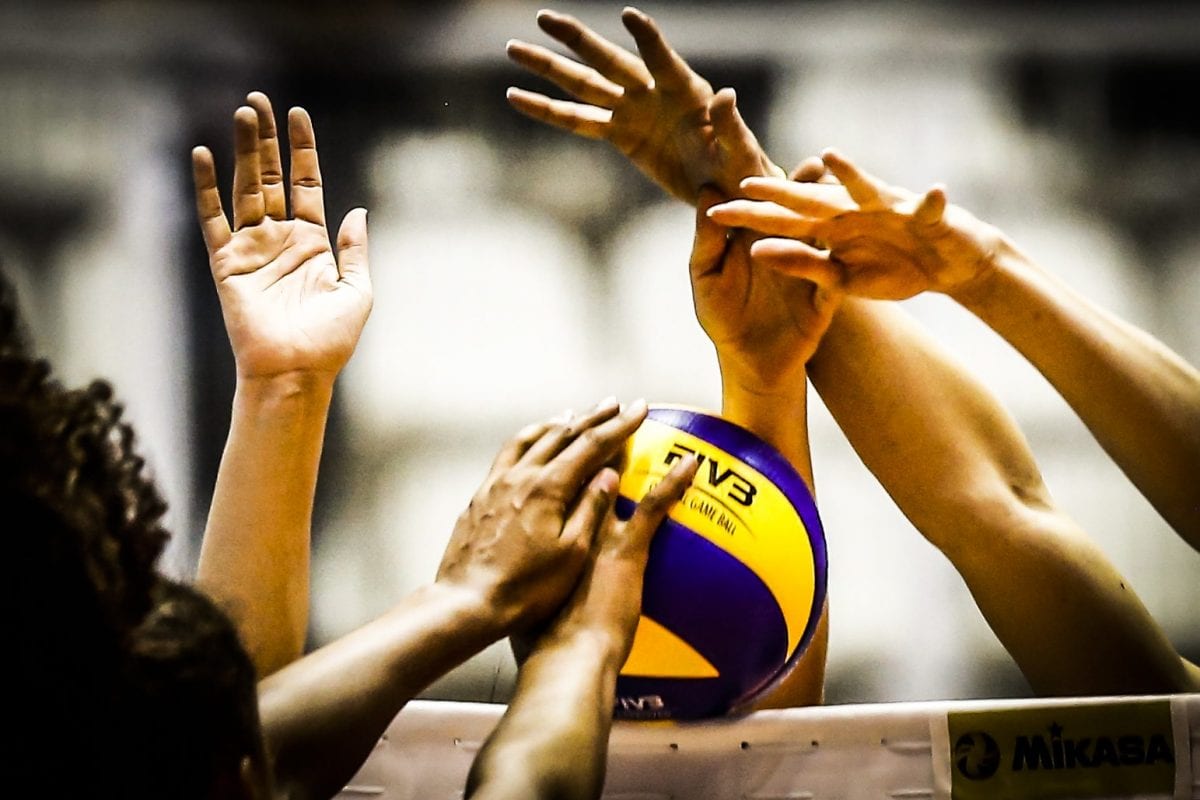Volleyball is a dynamic and exhilarating sport that demands agility, speed, and precision. It’s a game where every player’s contribution matters, and a strong, healthy lower body is essential for success on the court. However, the intense physical demands of volleyball can sometimes lead to lower extremity injuries, affecting both amateur enthusiasts and professional athletes alike. In this comprehensive guide, we’ll delve into the world of lower extremity injuries in volleyball players, exploring the causes, prevention strategies, and effective treatment methods to help you stay at the top of your game while safeguarding your well-being. Whether you’re a seasoned player or just getting started, understanding how to protect and nurture your lower body is crucial for enjoying the sport you love for years to come.
In volleyball players, the ankle receives the most number of injuries followed by the knee. A majority of these unfortunate accidents happen during actual games while a smaller percentage occur during practice and drills. Players are actually 24 times more prone to injuring themselves in competitions.
A slight misstep after landing from a spike can lead to a painful injury which can prevent you from playing for the next few weeks. It may be inevitable in some cases but there are still steps you can follow to at least minimize the risk of injuries.
Common Types of Lower Extremity Injuries in Volleyball Players
Ankle Sprain. This usually happens during jumping, running, and landing. Most cases can be managed by rest and rehabilitation exercise for at least eight weeks. An ankle brace may also be recommended.
Patellar tendinitis. Also known as ‘Jumper’s Knee,’ this injury results when the tendon that connects the kneecap to the shin bone becomes irritated and inflamed. Repetitive movements like blocking and spiking where you need to jump forcefully is a predisposing factor. Nonsurgical intervention includes physical therapy but the doctor might resort to surgery if there’s still no symptomatic relief.
Patellar dislocation. This happens when the patella, also called the kneecap, slips out from its normal position in the knee, resulting in a misaligned kneecap, severe pain, swelling, discoloration, and soft tissue damage. Medical intervention is needed to pop the kneecap back into place and assess for other structural damage.
Anterior cruciate ligament (ACL) injury. The ACL helps to ensure knee stability so when you land awkwardly after a high, forceful jump, you might hear a popping sound which signals a tear in your ACL. The recovery period can last up to nine months.
A radiating low back pain. If it’s just low back pain and nothing else, you might only need rest and physical therapy. However, if the pain radiates to your lower leg especially when you sneeze or cough, it can be due to a herniated disk.
Risk Factors
Most of the mentioned conditions are caused by overuse and direct trauma. Players with little rest in between games and practices have a higher risk of sustaining injuries in the lower extremities. Other risk factors include:
Strength and flexibility imbalance. If your only means of working out is playing volleyball, chances are, you’re only repeatedly exercising the same set of muscles. Your core and legs may not be as strong and flexible and therefore jumping and volleying may result in injuries.
Competition. Most volleyball injuries happen during games because of the intensity of the competition so you should be extra careful when playing with opponents.
Poor balance and improper landing. The landing should always be soft and controlled. Land on the balls of your feet to avoid adding unnecessary stress to your knees.
Fitness level. Cross-training isn’t just to keep your other muscles strong and flexible. It’s also to make sure you’re physically fit.
Shoe type. The best footwear provides good padding and cushioning. It also needs excellent traction to avoid slipping on the floor. Likewise, there should be good support for the balls of your feet to allow you to change directions and move laterally with ease.
Playing surface. You’re more likely to roll your ankle upon landing on an uneven ground. Slippery floors also pose additional dangers.
Injury Prevention
- You need to have enough endurance to make it through each game without injuring yourself. Cross train with workouts including plyometrics and ladder drills.
- To improve your balance and to have better control of your body, strength train with routines that specifically target your core, lower back, shoulder, and legs. Examples are squats, lunges, and planks.
- Do proper stretching and warm-up exercises because cold muscles are more prone to strain. Also, don’t forget to cool-down after the game.
- Make sure you get enough rest since several injuries can result from overuse.
- Practice good spiking, landing, jumping, and setting techniques.
- Don’t push yourself too hard. You need to recover first before you can go back to playing volleyball.
- Hydrate and eat a well-balanced diet.
- Use ankle and knee supports if you suffered from injuries in these areas before.
In the world of volleyball, the excitement of the game often overshadows the importance of maintaining the health and strength of your lower extremities. Yet, as we’ve explored in this article, these areas are the very foundation of your performance on the court. Lower extremity injuries are common but not inevitable. By prioritizing prevention strategies, such as proper warm-ups, strength and conditioning, and technique refinement, you can significantly reduce your risk.
Additionally, if you do find yourself facing a lower extremity injury, timely and effective treatment is key to a swift recovery. Consult with medical professionals, follow rehabilitation protocols diligently, and embrace rest as a crucial part of the healing process.
Ultimately, your journey as a volleyball player should be marked not only by your victories and thrilling moments on the court but also by your commitment to preserving your physical well-being. With the knowledge and strategies provided in this guide, you can continue to enjoy the sport you love while minimizing the risk of lower extremity injuries. So, keep setting, spiking, and diving for those balls – your lower body will thank you for it.









